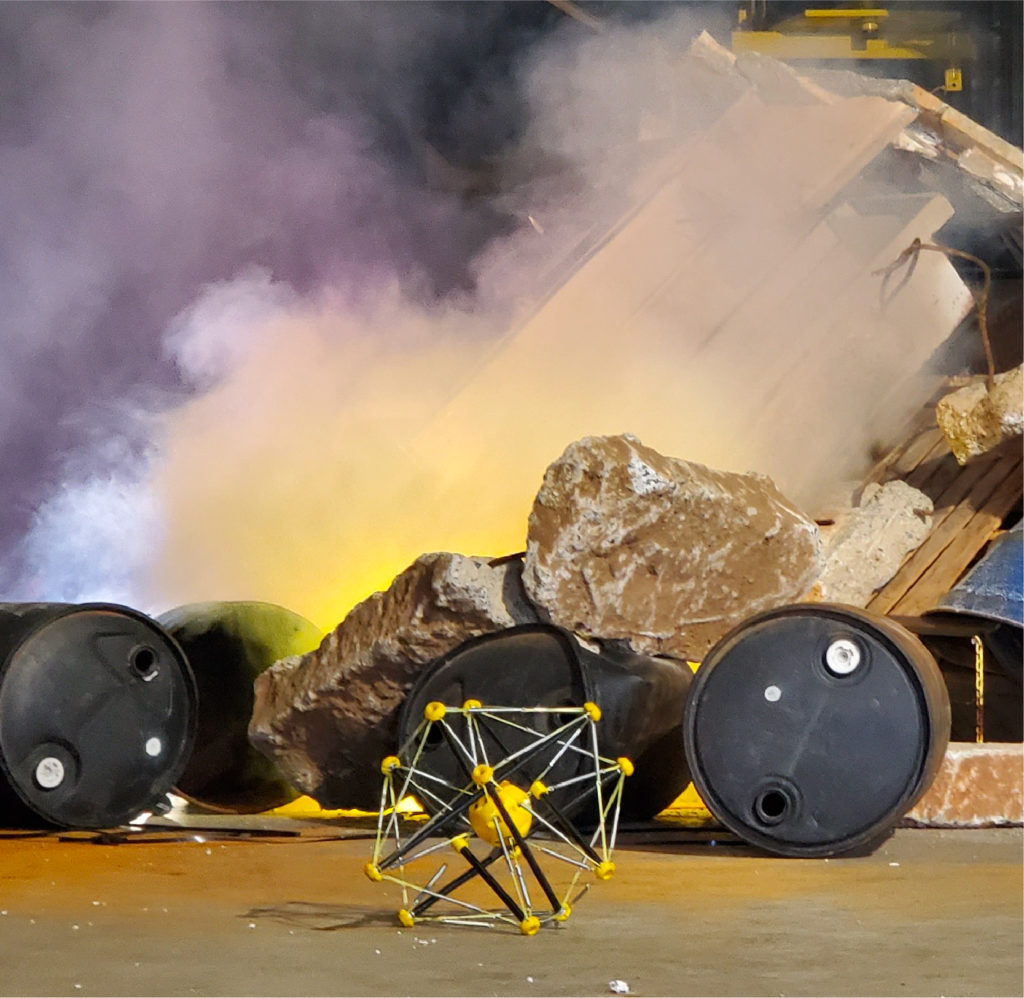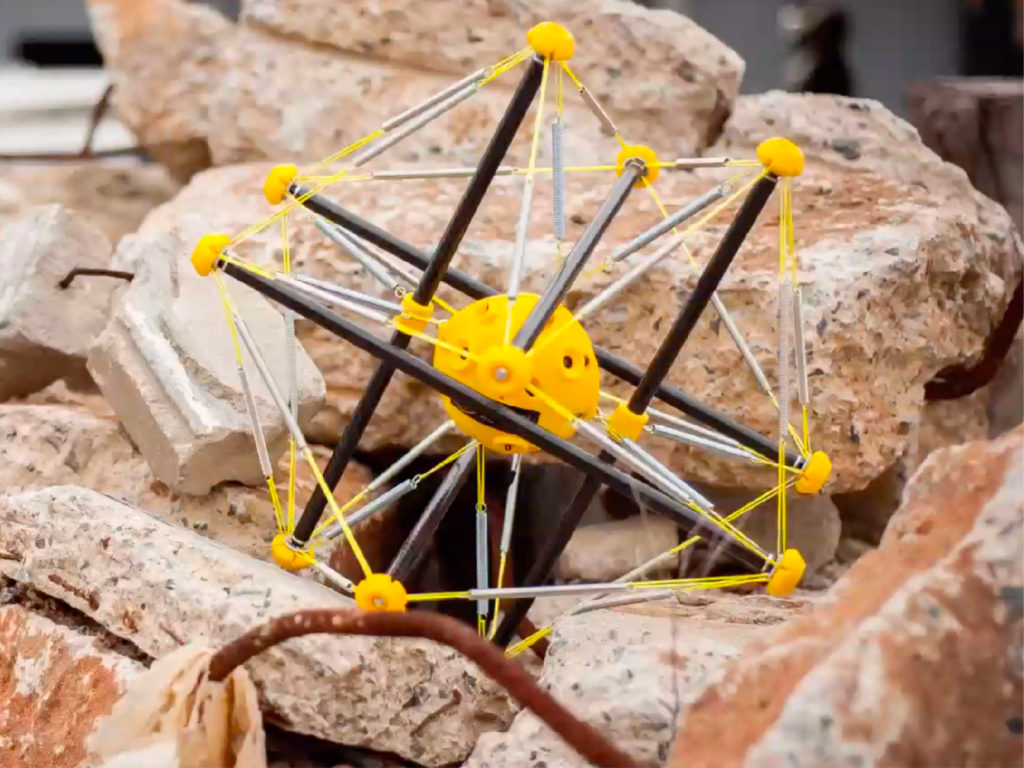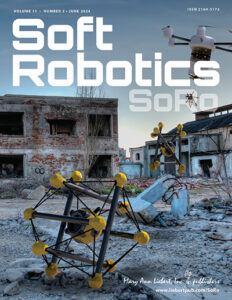When every second counts... You need our robots.
We provide sensor robots that can be air-deployed into hazardous areas to furnish persistent, ground-level, real-time data for your operations.
Impact Resistant
Repeated airdrops from drones, helicopters, and fixed-wing aircraft. Deployed from heights of up to 1,000 feet.
Customizable Sensor Platform
Customizable to meet your needs. Standard 4-gas sensor combination (CO, H2S, LEL, O2), 6 cameras and GPS.
Mesh Capability
Robots bring their own network. Payloads mesh network eliminating the reliance on an existing communications infrastructure.
Robust Vision
Standard payload comes with six video cameras that provide 360-degree visibility in targeted area.

Our innovative technology solutions improve situational awareness for data-driven decision making while reducing human risk and exposure.
Real-time data for swift, nimble, and accurate decision making
Improve situational awareness when and where you need it.

Solutions
Subscribe to our Newsletter!

Tensegrity sensor robots featured in June cover of Soft Robotics journal
Squishy Robotics tensegrity sensor robots were the cover art for the June issue of Soft Robotics (SoRo). Soft Robotics is a leading robotics journal that publishes peer-reviewed research on the emerging technologies and developments of soft and deformable robots.

Squishy Robotics presents at U.S. Capitol
Lead Mechatronics Engineer Douglas Hutchings (shown with National Science Foundation (NSF) Director Sethuraman Panchanathan) represented Squishy Robotics and spoke to attendees at the Robotics Demo Day with
